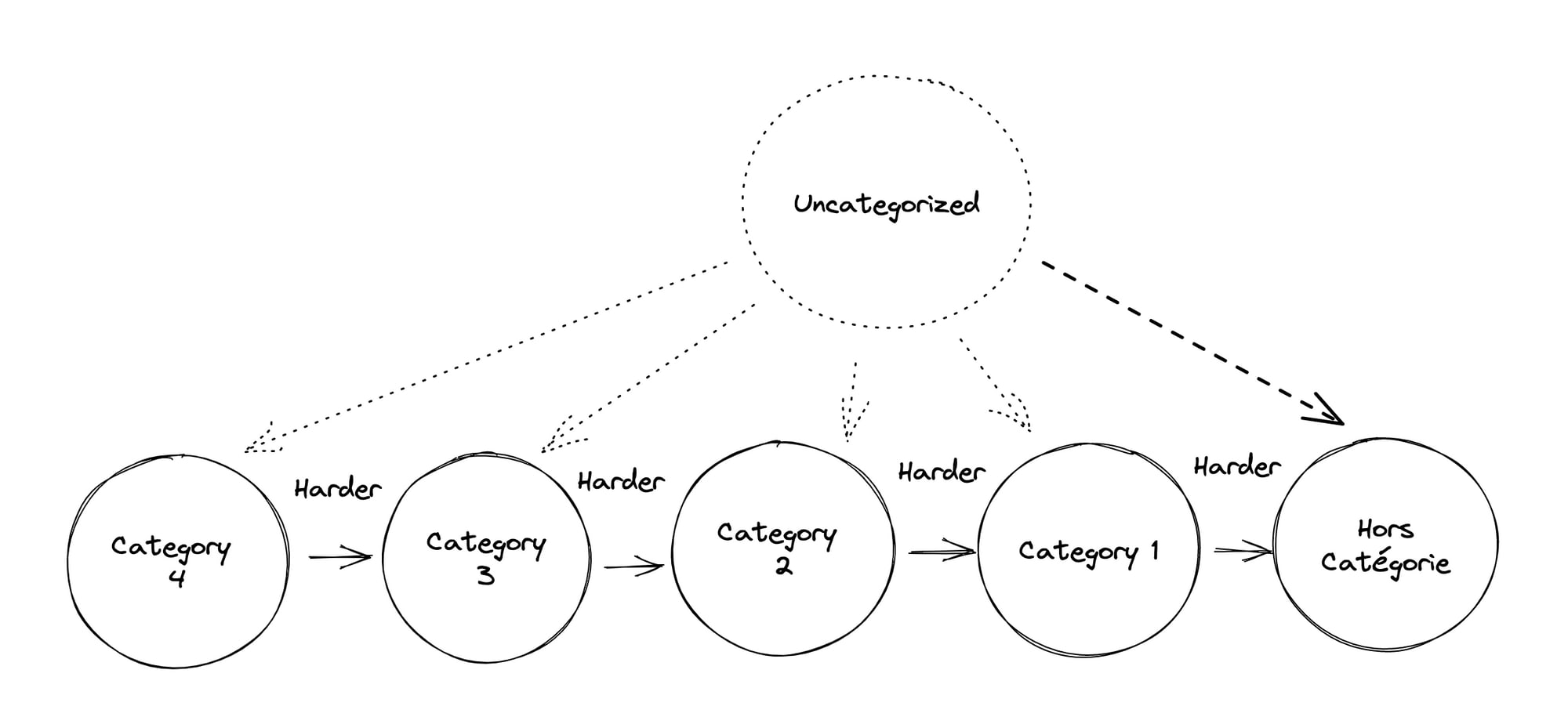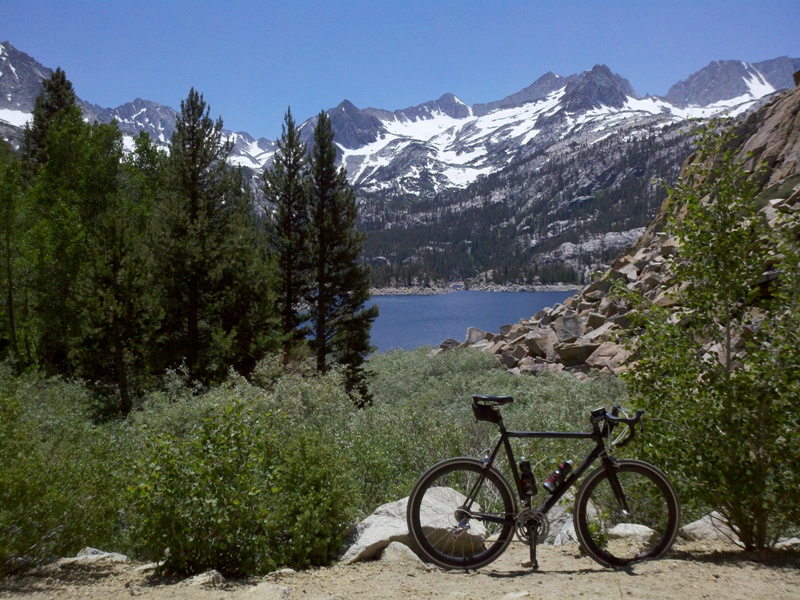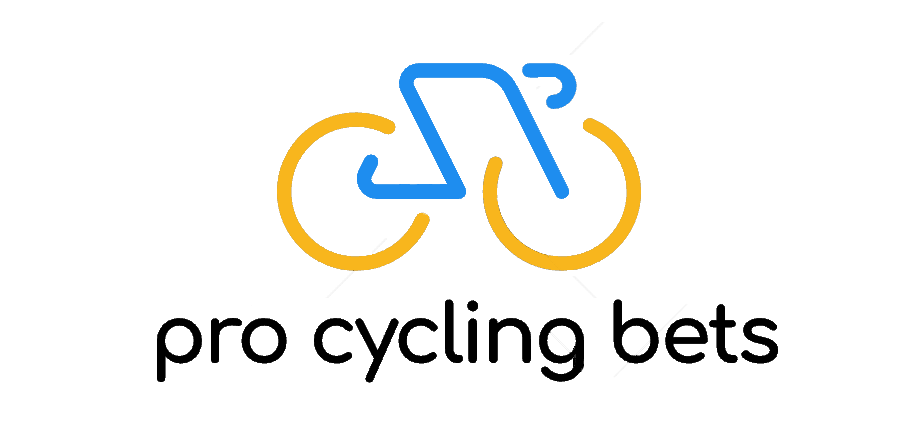Cycling Hill Climb Categorization Explained

You'll hear terms thrown around about the "categorization" of a climb. What does it mean if a climb is a category 3 climb? What if a climb is "uncategorized" - does that mean it's easy? While categorizing climbs is inherently subjective (similar to whether a rider should be relegated for deviating from their line during a sprint) - this guide seek to demystify the nuances behind those categorizations.

Let's first state that a hill's categorization is indeed subjective. There's no true scientific method for categorizing a hill or mountain, and climbs nearer to the end of a stage will often get bumped up a difficulty level. To be fair, this may be rationale as riders will probably be working relatively harder and under more fatigue for the final climb compared to a climb nearer to the start of a stage of race. Organizers rank them subjectively based on their steepness, length, location within the stage and occasionally road condition.
Let's start with describing how many categories there are. While different areas of the world may use different categorization levels, many rely on the categorization method defined by the Tour de France which has five categories. If you're familiar with the DEFCON levels of nuclear readiness it follows the same methodology except instead of 1 being the highest or hardest, Hors Catégorie (HC) takes that slot. Other than that, the higher the number, the easier the climb.
Categories
Categorization of climbs, on top of dictating the difficulty of the climb, will also usually dictate the number of points awarded for reaching the top of the climb first. These points are used to dictate who wins the king or queen of the mountains jersey in major stage races (think the polka dot "maillot à pois" in the Tour de France)

Uncategorized Climbs
Climbs can also be uncategorized which is a term used sometimes to be a synonym for HC climbs, but can also mean that the race organizers didn't take the time to categorize the climb and it could be any of the levels of difficulty.
For example, let's take a look at the stage profile of stage 2 of Itzulia's 2023 stage race:

You'll see a variety of category two and category three climbs, but you probably didn't note that one of the hardest climbs of the stage was Zubleta (206m) which proved to be an incredibly demanding hard climb before the final 11.1 km category two climb. It was uncategorized, probably because it was so short, but since the gradient was so high, proved a major pivot point in the race which caused separation during the race prior to the critical finale.
So while "uncategorized" is also used to describe HC climbs (because the term Hors Catégorie itself translate from French to "beyond categorization") it also can literally mean "we didn't classify this" (aka "we wanted to surprise riders and directeur sportifs who didn't do their homework 🙃")
Hors Catégorie (HC)
The hardest of climbs. As previously mentioned Hors Catégorie refers to climbs that are "beyond categorization" and in the earlier 20th century was used to describe roads upon which cars were not expected to be able to pass.

Alpe d'Huez, pictured above, is a well known HC Climb that often occurs during the Tour de France.
It's worth noting that while stage race hill climb classifications are subjective, Strava, a popular fitness tracking app, has an objective categorization that is length in meters multiplied by grade in percent.
score = length(m) * grade(%)We'll mention this rating for each category for those curious. Alpe d'Huez has a length of 13,800m and average gradient of 8.1%, giving a score of 111,780 which is well above the 80,000 score that dictates an HC climb on Strava.
Generally though HC climbs are categorized as such if:
- Often Category 1 climbs as the last climb of the day
- 15+km @ 8%+
- 20+km @ anything uphill.
- Climbs of 5,000+ feet in elevation gain
- Strava: Score > 80,000

Category 1

- 5-10km @ >8%
- 10-15km @ 6%
- Climbs of 3,000 to 5,000 feet in elevation gain
- Strava: Score > 64,000
Category 2

- 5-10km @ 5-7%
- 10+km @ 3-5%
- Climbs of 1,500 to 3,000 feet in elevation gain
- Strava: Score > 32,000
Category 3

- 2-3km @ 8% (or less on average, but with very steep pitches)
- 2-4km @ 6%
- 4-6km @ 4%
- Climbs of 500 to 1,500 feet in elevation gain
- Strava: Score > 16,000
Category 4
Often these won't be explicitly shown on course profiles on ProCyclingStats but will fall into the category based on the following:
- 2km or so @ 6%
- 4km or so @ < 4%
- Climbs of 250 to 500 feet in elevation gain
- Strava: Score > 8,000

Appendix






